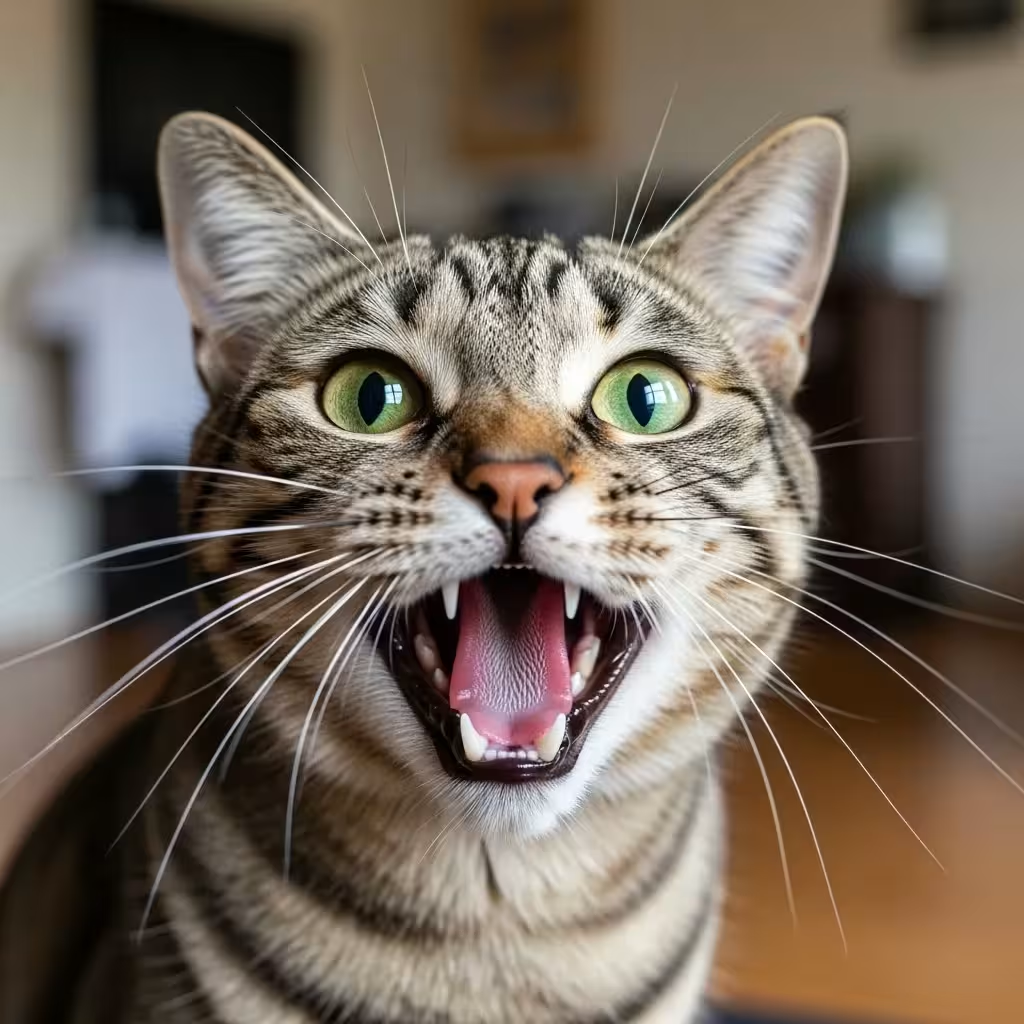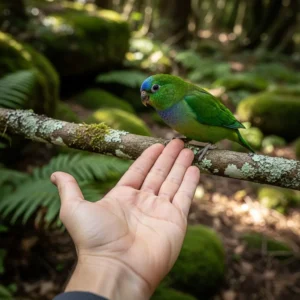
Why Cat Communication is More Than Just Meows
When people think of cat communication, the first thing that often comes to mind is the meow. Interestingly, adult cats rarely meow at each other. This vocalization is primarily reserved for communicating with humans, a behavior likely developed and reinforced through domestication. It’s their way of getting our attention, whether to ask for food, be let outside, or simply to say hello. While meows, purrs, hisses, and growls are important parts of their vocal toolkit, they are only a small fraction of the conversation.
The vast majority of cat communication is non-vocal. This reliance on body language is a holdover from their evolutionary history. The domestic cat’s ancestor, the African Wildcat (Felis lybica), is a largely solitary hunter. In the wild, making loud noises can scare away prey or attract unwanted attention from larger predators. Therefore, a silent, visual system of communication was far more advantageous for signaling intent to other cats at a distance, resolving territorial disputes, and assessing threats without escalating to a physical fight. They became masters of the subtle cue.
This is why context is everything when interpreting cat behavior. A purr can mean contentment, but a cat in severe pain may also purr to self-soothe. A twitching tail might signal minor annoyance or the focused excitement of watching a bird outside the window. To truly understand what your cat is saying, you must look at their entire body—tail, ears, eyes, and posture—all at once. By learning to see the whole picture, you can move beyond simple assumptions and begin to have a real conversation with your feline friend.















